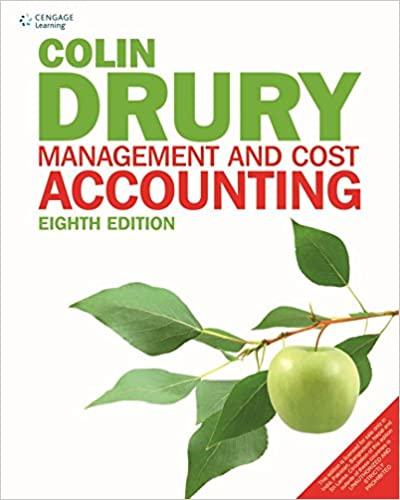In recent years, two global companies have had to deal with some quite large costs as a
Question:
In recent years, two global companies have had to deal with some quite large costs as a result of quality control failures. First, take the example of Toyota cars in the US. In late 2009 and early 2010, Toyota recalled several of its US models, the Camry in particular, after several accidents occurred due to a faulty accelerator pedal. The recall involved over 5 million vehicles and sales and production were suspended for a time in the US. According to author Paul Ingrassia, the problem occurred because Toyota broke one of their key principles called the ‘three nevers’ at its US manufacturing plants: never build a new product, in a new facility, with a new workforce. In the case of the Camry in the US, all three were broken. A report by the Forbes.com put the estimated cost of the problem at \($2\) billion as of February 2010. In April 2010, the Deepwater Horizon drilling rig, which was ultimately under the control of British Petroleum (BP), exploded in the Gulf of Mexico. An oil slick resulted, which lasted for approximately three months and caused extensive damage to the environment and coastlines around the Gulf of Mexico. By June 2010, the costs to BP had racked up to \($1.25\) billion. By September 2010, the total costs had risen to almost \($10\) billion, with BP setting aside a provision of \($20\) billion. In January 2011, a US presidential commission squarely laid the blame for the disaster at the door of BP and its contractors. The report cited several systemic failures, short-cuts and sub-standard materials and workmanship as the cause, all of which it attributed to management failures.
Questions
1 Can management accountants do anything to help engineers and designers focus more on considering the cost of failures in quality and quality control?
2 Can you list some of the internal and external failure costs for the two issues described above?
Step by Step Answer:






